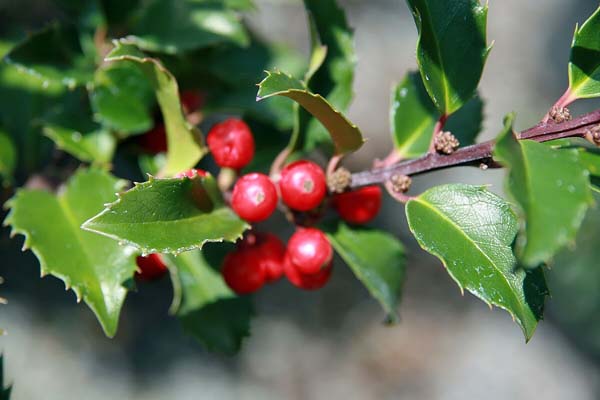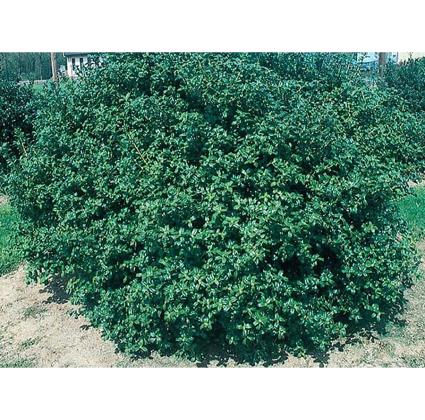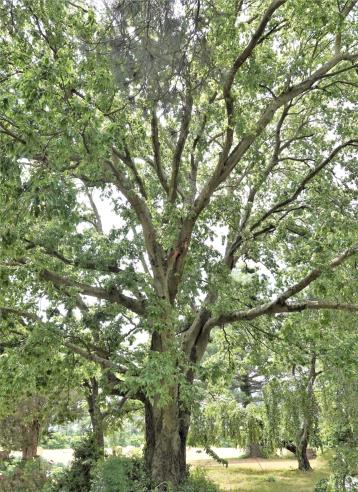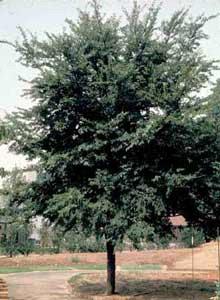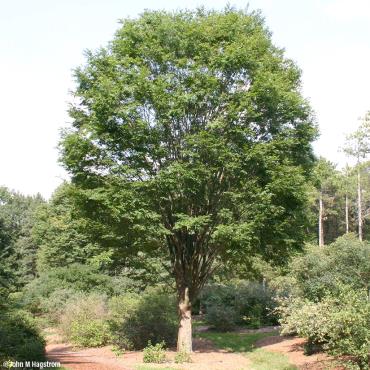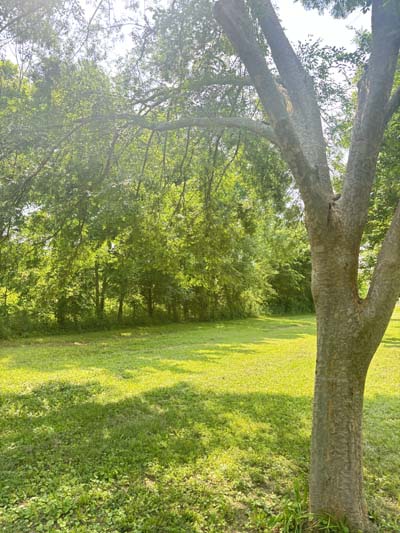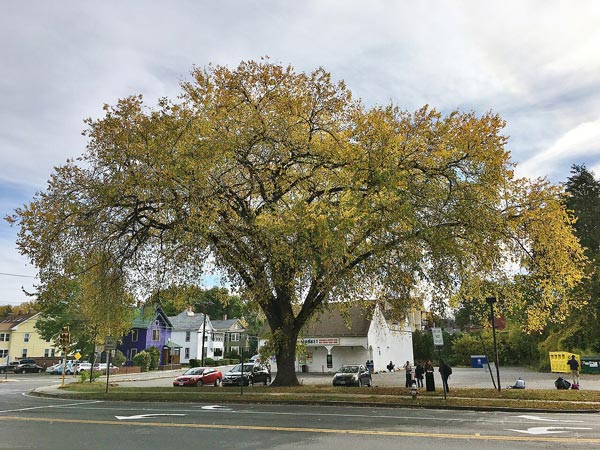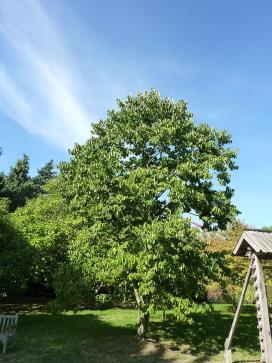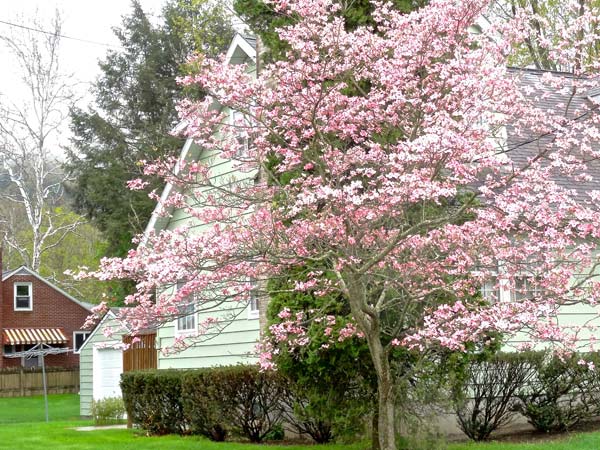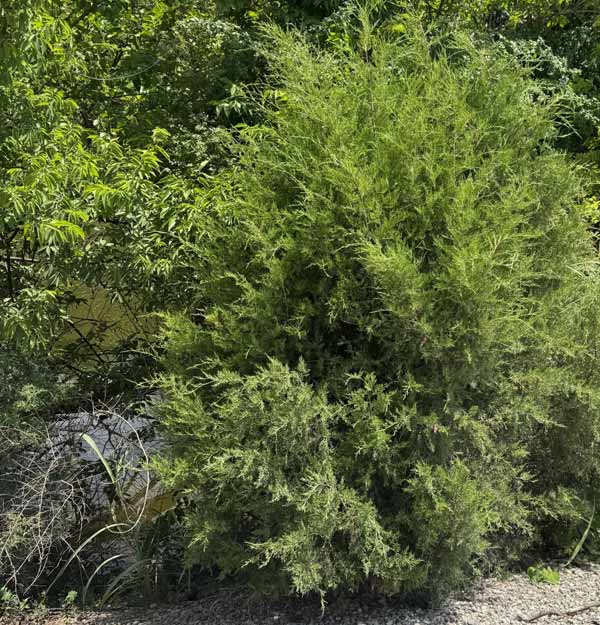China Girl Holly
This rugged female Holly needs a pollenizer for fruit. However, with or without fruit, it is excellent hedge material and a perfect candidate for formal gardens. Its dense habit takes oval or pyramidal forms. If left unsheared it makes an ideal screen for planting strips between driveways, where it can take reflected heat and reduces glare.

